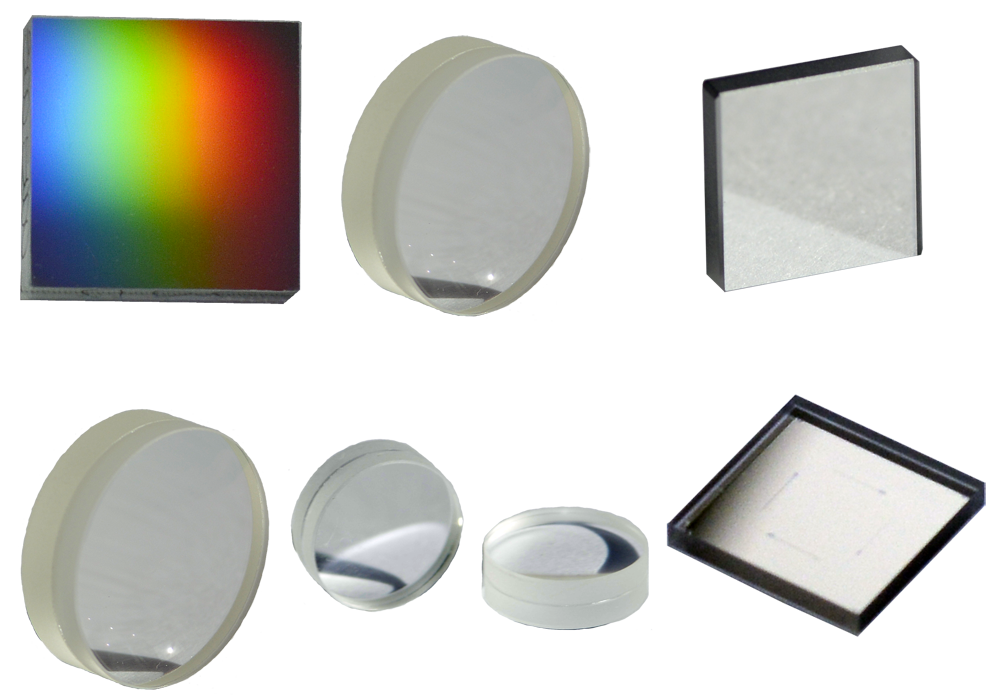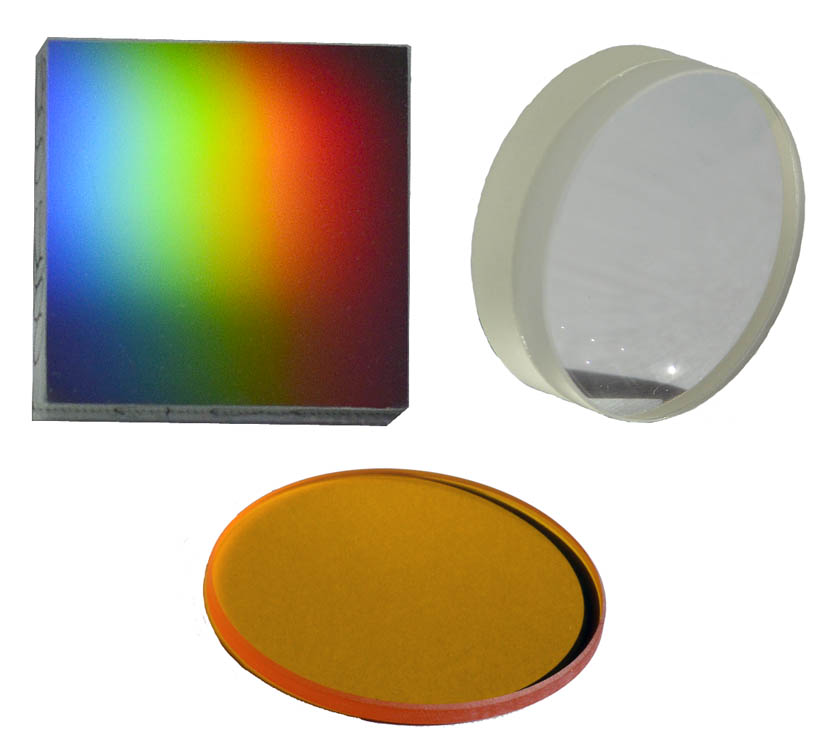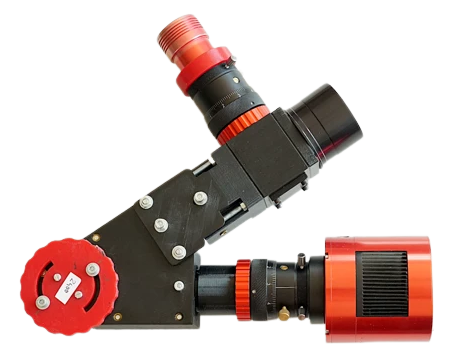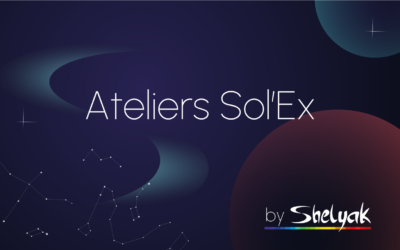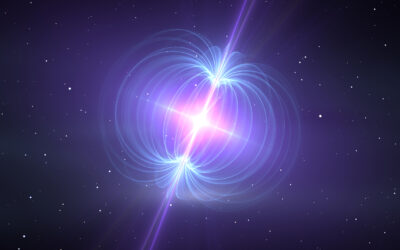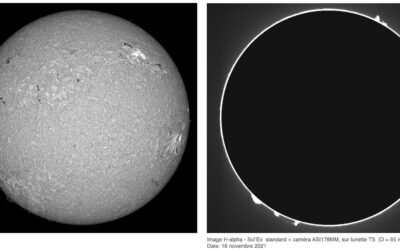Discover the workshops to learn all about the Sol'Ex (Solar Explorer): Optical kit / Sol'Ex observations / Motorization of the array, Vernier and thermal protection / DemoSol'Ex Tutorials PlaylistSolEx project workshop #1 SolEx project workshop #2 SolEx project...
Optical kit for Star’Ex LR spectroscope
492,00 € – 579,60 €
ATTENTION !!!! OUT OF STOCK until mid-February 2025.
This optical kit lets you build a Star’Ex Low Resolution (BR) spectroscope using 3D printing. It is fully compatible with the 3D printing files available on Christian Buil’s website, as well as with the mechanical kits offered by Azur3dPrint.
With the Star’Ex you will observe the spectrum of faint objects (stars, nebulae, galaxies, etc.) in the visible range (400-700nm).
Please note: this kit contains only the optical elements (see “Composition” tab): 3D-printed parts and additional elements (adapters, cameras, etc.) are not included.
With the complementary optical kit you will modify the Star’Ex LR to explore the infrared (IR) domain.
Choose from the two possible options :
– Complete optical kit for Star’Ex Low Resolution
– Star’Ex LR add-on optical kit for near infrared (IR) applications
Find out more about this product:
Description
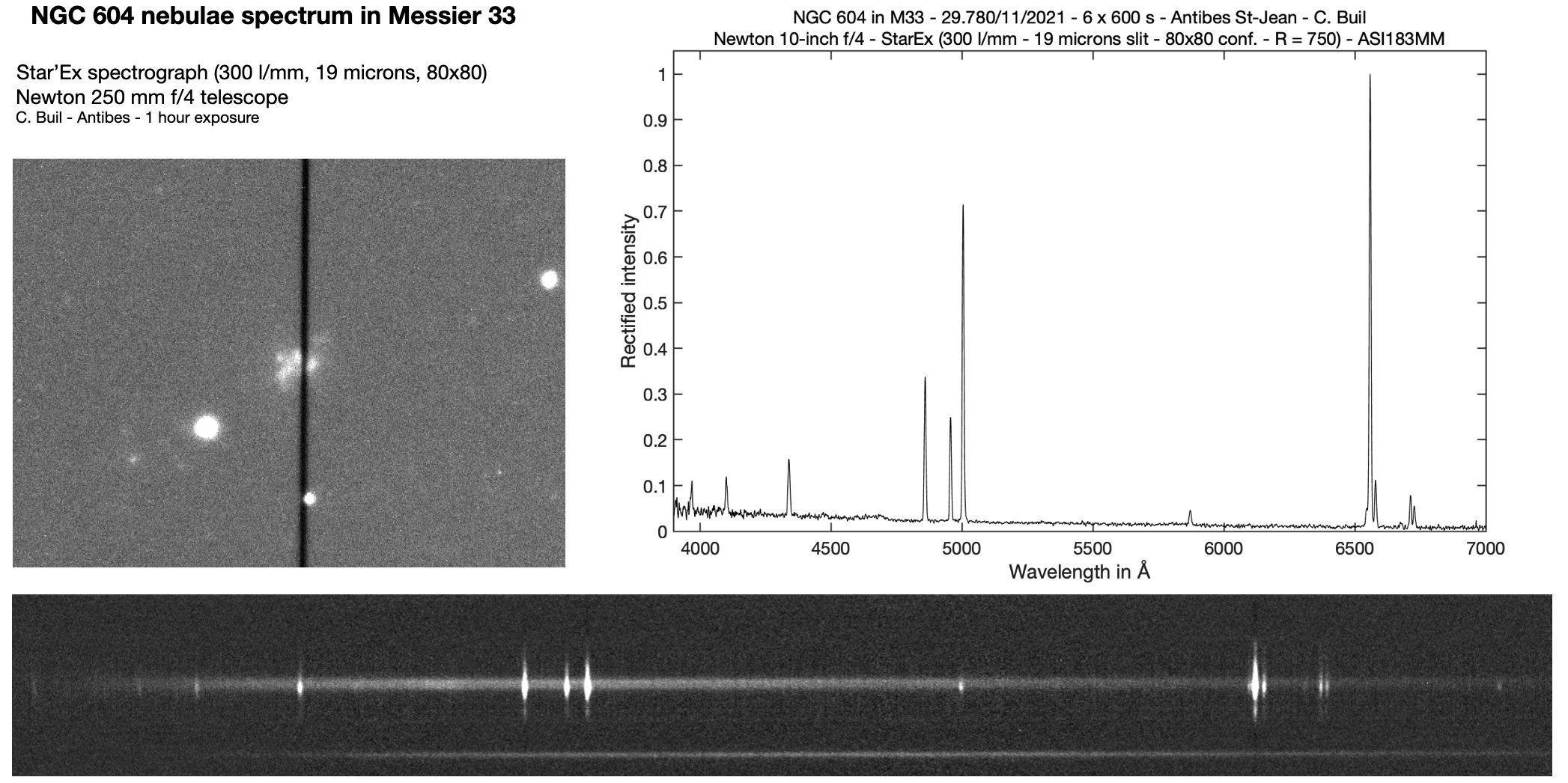 Sample spectrum obtained with a Star’Ex LR – IR :
Sample spectrum obtained with a Star’Ex LR – IR : 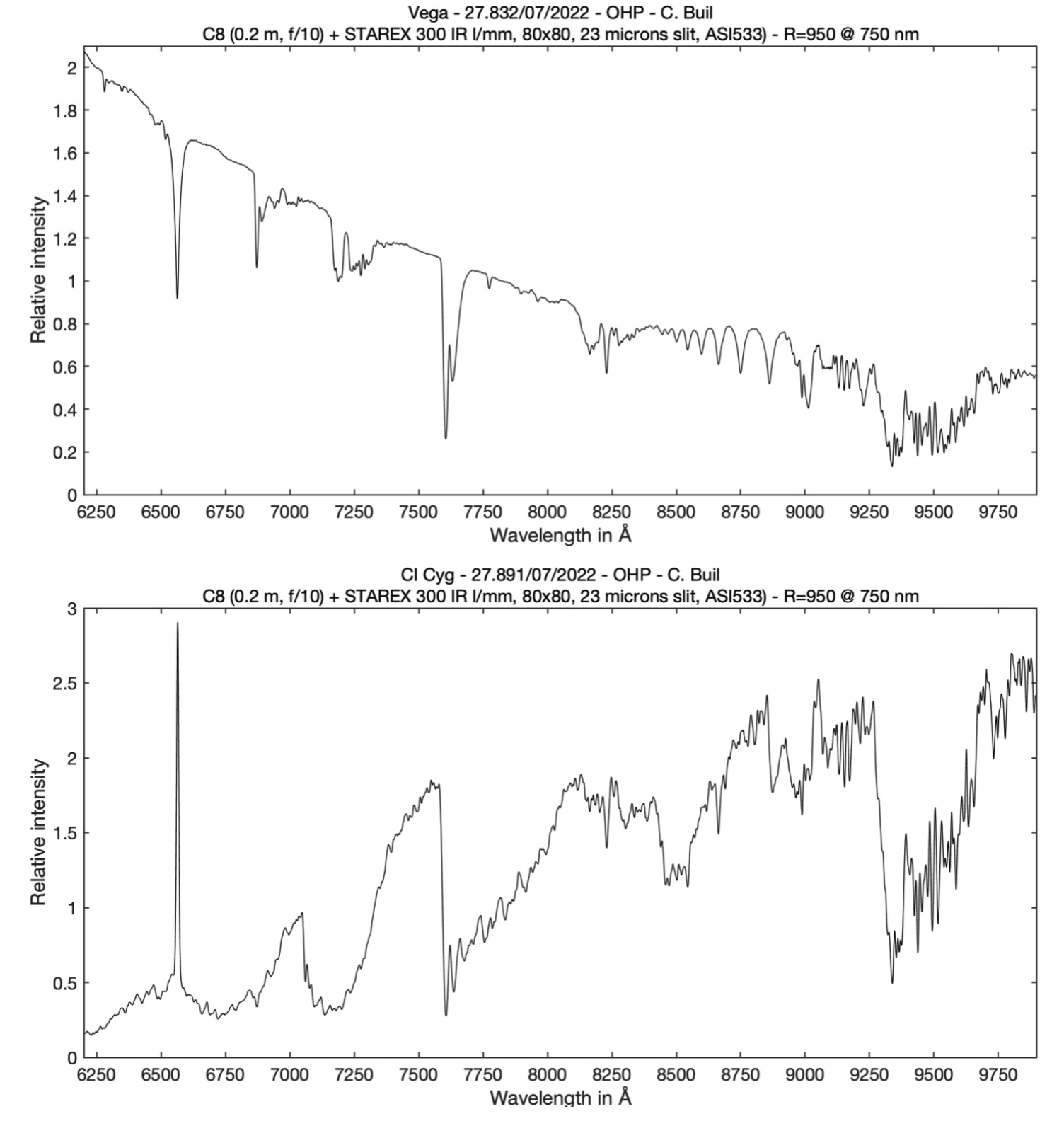
Specifications
- Resolution @650 nm: R = 650 typical with a 23-micron slit (R = lambda / d-lambda)
- Wavelength range: For Star’Ex LR – VIS: 400 nm – 700 nm For StarEx LR – IR: 650 nm – 1 000 nm
- Internal reduction ratio: 1:1. Collimator and objective both have a focal length of 80 mm.
Composition
Star’Ex LR optical kit – VIS
Ref : [ES0039]
- [OP0158] 300 tr/mm grating blazed at 500 nm
- [OP0080] Two doublets with a diameter of 12.5mm and a focal length of 50mm
- [OP0010] Mirror of 15x15mm thickness 3mm
- [SE0288] Multi-width, 4-position 14/20/26/32 µm slit
- [OP0176] Doublet with a diameter of 25.4mm and a focal length of 80mm
- [OP0182] Optimized doublet (VIS) with 80 mm focal length
Star’Ex LR – IR optical kit (complementary)
Ref : [ES0033]
- [OP0167] Gratind 300 tr/mm blazed à 1000 nm
- [OP0184] Order filter 570 nm D 25mm and 2mm thick
- [OP0183] Optimized near-infrared (NIR) doublet with 80 mm focal length
Documents
Applications
Articles related to this product:
Spectropolarimetry or how to observe the magnetic field of a star with a 72mm telescope and a 3D printed spectrograph
By Guillaume BertrandI started astronomy at the age of 15, in 2003, with the opposition of Mars. I quickly joined the astronomy club "Village du ciel" based in Vendée to exchange with other amateur astronomers. My first instrument was a 114/900, I got all the...
Sol’Ex & Star’EX: a new way to approach astronomy
The Sol'Ex project (later followed by Star'Ex) offers a new way of "entering Astronomy": it is an approach that is affordable, simple, fun and fascinating. Here is what it is in a nutshell.Sol'Ex, to startSol'Ex is a project designed, organized and led by Christian...

